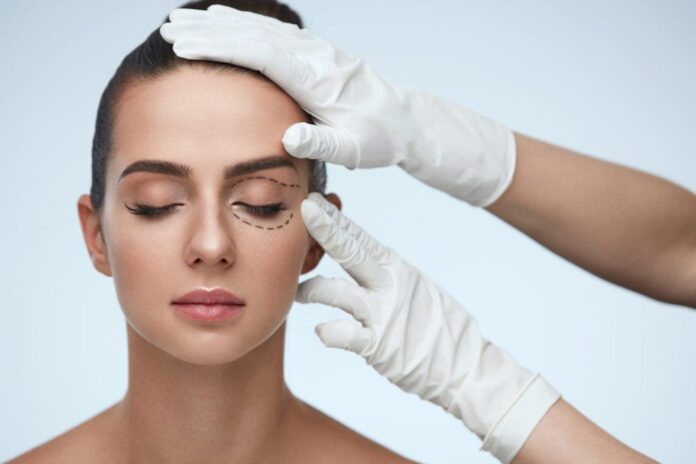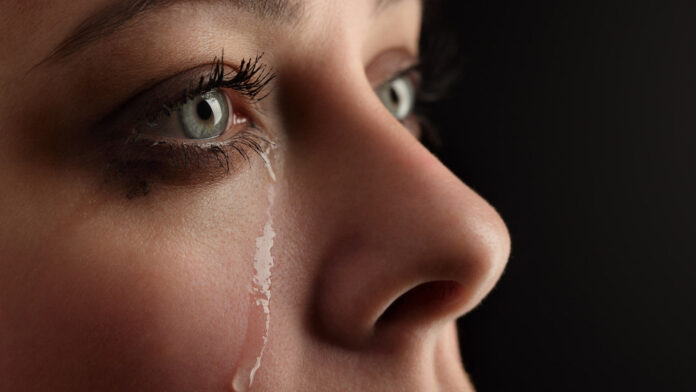Do you have saggy eyelids that make you look older? If you have skin conditions around your eyes, it would be best not to put anything on them, especially creams not intended for the affected area because it is one of the most sensitive skins on your body. So, it’s only right to treat it with utmost care.
On the other hand, it helps you express yourself completely to everyone by highlighting your emotions. However, it can easily be affected by time and other environmental factors, such as pollution and dirt. So, when the time comes that your eyelids need help, consult an expert oculoplastic surgeon (OS).
What Is An Oculoplastic Surgeon?
These are professional surgeons specializing in plastic, reconstructive, and cosmetic surgery of the facial tissues surrounding the eye. They can treat issues concerning eyelids, eyebrows, bone orbits, and lacrimal functions. Some issues may include sagging eyelids and tearing.
In addition, they are also ophthalmologists. However, they studied for an additional two years mastering the tear system, bone orbits around the eyes, and anatomy of the skin around the eyes, such as eyelids. These extensive studies allow them to perform and focus directly on these particular areas.
Furthermore, you may visit here if you’re looking for an oculoplastic surgeon that will help you solve your problems.
How Can Oculoplastic Surgeons Help You?
An oculoplastic surgeon can help you if you are suffering from conditions, such as:
1. Droopy Eyelids

Sagging eyelids is medically known as ‘ptosis,’ and it is one of the most common conditions that require the help of an OS. It is common because it occurs naturally as people age, making it a usual condition with the elderly. As people age, the muscles that support the eyelid weaken, resulting in excess fat, causing droopy eyelids.
However, there are instances where it becomes a serious condition. For example, this condition may occur in children born with congenital ptosis. It means that their levator muscles failed to develop correctly. As a result, the condition may limit their vision.
On the other hand, this condition can be treated under a surgical operation called Blepharoplasty. This type of surgery is primarily used to treat droopy eyelids, and it may also remove excess skin, muscle, and fat on the eyelid. Also, it is usually performed to improve the aesthetic appearance and peripheral vision of the patient.
In addition, since the recovery can be quick and without pain, the surgical procedure is usually done on an outpatient basis.
2. Dermatochalasis

Dermatochalasis happens when skin elasticity is lost around the upper and lower eyelids due to a lack of elastin. As people get older, their bodies produce lesser amounts of elastin. Elastin is a functional protein that is located in connective tissues. It is also responsible for allowing your skin to revert to its normal position after being stretched.
Now, if your body can no longer produce enough elastin, your skin will take more time to go back to its original state. This condition is similar to ptosis as both are linked with age and may pose risks and functional issues to the affected person, including limited vision.
Here are other non-age risk factors of dermatochalasis:
- Being male
- Traumatic injury
- Previous facial surgery
- Genetics
- Disease
Furthermore, the treatment for dermatochalasis is similar to ptosis, which is blepharoplasty. In addition, this procedure may be done in two ways; upper and lower blepharoplasty. So, what’s the difference between the two?
Upper blepharoplasty is also known as an eye lift procedure, and it is done by removing excess muscle and fat in the eyelid. On the other hand, the lower blepharoplasty or eye bag removal procedure removes the excess skin and fat below the eyelids.
3. Ectropion and Entropion

Ectropion happens when your eyelids move outside, exposing the eyelids to dirt and pollution, which may result in further infection and irritation. Similar to ptosis and dermatochalasis, this condition is common in the elderly, and it usually affects only the lower eyelids.
Symptoms of ectropion may include watery eyes, irritation, light sensitivity, and dry and gritty eyes. If these symptoms worsen, contact your doctor to have the condition diagnosed and treated immediately.
Entropion, on the other hand, happens when your eyelids move inside. This causes your eyelashes to rub against your eyeballs, resulting in irritation. Similar to ectropion, it is common in older people and usually affects the lower eyelids.
Symptoms of entropion may include redness, irritation, wind and light sensitivity, excessive tearing, excessive mucous, and crusting of the eyelid. If these symptoms worsen, seek your oculoplastic surgeon immediately. It might be symptoms of the damaged cornea, which can affect your vision.
Here are the risk factors that may cause ectropion or entropion:
- Age
- Previous eyelid surgery
- Previous cancer
- Traumatic injuries
- Burns
- Trachoma infection (specific for entropion)
The treatment of ectropion and entropion may vary depending on the cause. If the cause is age-related, the surgeon may only remove a small part of the lower eyelid. However, if the cause is a previous surgical operation, the surgeon may remove a small amount of your upper eyelid to support your lower eyelid.
4. Faulty Tear Ducts

The main role of tear ducts is to drain the tears produced by the lacrimal gland. If these drainers are blocked and tears can’t drain normally, it will result in a watery and irritated eye. This happens due to blockage in the tear drainage system.
The symptoms of blocked tear ducts include excessive tearing, eye redness, blurred vision, and painful eye swelling. If these symptoms persist for several days or weeks, it would be best to consult an oculoplastic surgeon to diagnose and treat the root cause. In severe cases, it might be caused by a tumor that presses the tear ducts. Therefore, it must be checked by an oculoplastic surgeon as early as possible.
Moreover, faulty tear ducts are usually treated using the surgical technique called Dacryocystorhinostomy. During the operation, your surgeon will connect the lacrimal sac and your nasal cavity to remove the blockage and drain it. After the surgery, your doctor may prescribe you decongestants to reduce infection and inflammation.
Final Words
Oculoplastic surgeons are ophthalmologists with additional skills and knowledge about eyelids, lacrimal system, and bone orbits. This makes them the best group of people to ask about conditions related to eyelids and tear glands. These conditions are improper movement of eyelids, droopy eyelids, malfunctioned tear ducts, or inelastic eyelids.
If you experience severe or persistent symptoms, such as irritated eyes and watery eyes, consult your nearest oculoplastic surgeon right away and prevent them from becoming worse.






